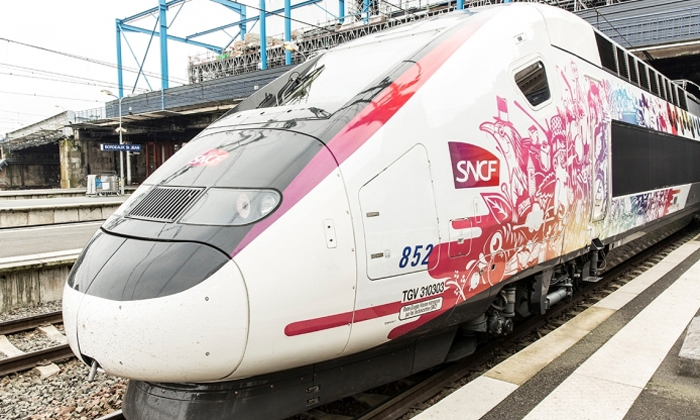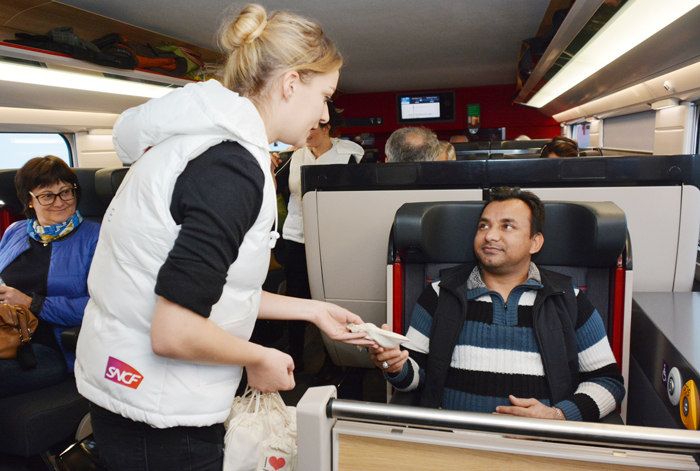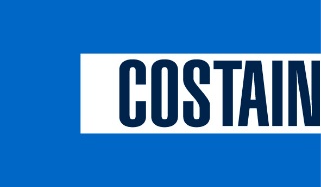Introducing the high-speed TGV L’Océane
Posted: 8 February 2017 | | 3 comments
SNCF discuss the benefits of introducing the new high-speed TGV L’Océane trains, helping to connect major towns and cities in France whilst improving the customer experience.


Credit: SNCF pictures
SNCF’s mobility services help connect and develop French regions nationwide, with TGV high-speed rail linking up the country’s major towns and cities – 230 destinations in all, ultra-frequent departures including same-day return journeys, and city centre to city centre service.
In 2017, SNCF opened two new lines carrying travellers between Paris and destinations in Brittany and Bordeaux. These will be the last new line start-ups for several years.
Times are changing: with the arrival of digital technologies and European rail reform, new players have shaken up the market, starting with the sharing economy. Consumers have also embraced new habits with a lasting impact on mobility trends, including new attitudes towards time and costs, and new demand for the freedom to make last-minute decisions.
The TGV L’Océane line that will start up in July 2017 is an integral part of this new environment. Passengers will be able to travel more often, more quickly, and more comfortably between Paris and Bordeaux. Now more than ever, SNCF’s aim is to make French high-speed rail a popular and commercial success in step with the times, and the preferred travel option for customers.
TGV L’Océane provides over 33 daily return journeys between Bordeaux and the Paris region
Travel more often: There will be 33.5 daily return journeys between Bordeaux and the Paris region, including 18.5 direct Paris-Bordeaux return trains. That’s an incredible 35,000 seats a day—five times the number offered by airlines. For Bordeaux, the new line will essentially be a shuttle service, with one train an hour during the day, and one train every half-hour at peak periods in the morning and evening.
City centre to city centre services mean stops in central Paris, but also in Massy south of Paris and Roissy airport north of the city for connecting flights.
Over 1.5 million passengers a year are expected by 2019.
Travel faster: Shorter travel times will make life easier for all passengers—residents of Bordeaux and its region as well as visitors—with journeys that once took 3h20m slashed to an unbeatable 2h04m.
The entire region will benefit, and teams in the Aquitaine Region are working closely with SNCF Réseau to optimize TER regional rail connections as well.
Bordeaux will have a stunning renovated station to celebrate, and the Montparnasse station in Paris is scheduled for a major upgrade.
Travel better: Service on the new lines will bring people and destinations closer, while creating a welcome oasis of peace in an increasingly hectic world. With TGV L’Océane, travellers can square the circle—saving time and making most of the time in a single journey.
The new trainsets were created by a team of expert designers, marketing specialists and engineers specialising in biomechanics, rolling stock and mechanical applications. Their brief was to design a space dedicated to passenger comfort and for all purposes, from business travellers who need a mobile office to tourists who want to relax.
This has resulted in each first class seat comprising of five metres of pneumatic tubes, 10 meters of electric wiring and 40 kg of high-tech materials. The seat design reflects changing passenger morphology and favourite on-board activities, with adjustable seats that tilt back an additional 10 degrees.
Travellers who want to work can pull out a large folding desktop for their laptop, with a personal USB port and power points for recharging, a mini-tray for smartphones, and adjustable individual reading lights with indirect lighting. Carry-on bags can be stowed beneath seats, creating more legroom. A pioneering technology allows nine out of ten passengers to be seated in the direction of travel, without sacrificing the conversation-friendly four-seat group.
Seats in second class are also more comfortable, with more space and functionality than before, including an adjustable tray table with a personal USB port and power points for every two travellers. Using smartphones and other devices has never been easier.
The TGV café-bar features a genuine wood service counter with an elevated menu board that is easy to read from a distance. Chilled products are displayed in a refrigerated case. Once served, passengers can watch the countryside speed by from a high counter at one side of the carriage or opt instead for one of three spaces equipped with facing seats and tables.


Credit: SNCF pictures
The new TGV L’Océane train seats 556 travellers—22 percent more than the current TGV Atlantique Lacroix model—with 158 in 1st class and 398 in 2nd class. It will operate at speeds of up to 320 km/h.
TGV L’Océane exemplifies our dedication to customer care, bringing together all of SNCF’s expertise.







Great to read of expansion of HSR service. Just wish my fellow U.S. residents and our leaders would grasp the huge benefits of creating such services here.
Meanwhile, a bit of related info please:
*What percentage of European intercity rail passenger service capital investment is for high speed rail maintenance and expansion vs. the percentage for sustaining and improving non-high speed intercity rail passenger services?
*What percentage of European HSR train-miles are operated on dedicated high speed infrastructure vs. percentage of HSR train-miles operated on conventional-speed infrastructure?
*What percentage of European intercity rail passenger-miles of service is carried on high speed trains vs. the percentage of passenger-miles of service carried on non-high-speed trains?
I ask these questions because a vast number of U.S. residents seem to believe that HSR has totally replaced all other types of European intercity rail passenger services.
Looks wonderful. Last year my sister travelled on the TGV (Paris – St Raphael) – with a bicycle (in a bag). It was something of a disaster because whilst France might be the home of the Tour de France & people use bicycles in France (& might even wish to take them on holiday with them – on a train) – this possibility does not seem to have penetrated the brains of the heros that design the TGVs. Pity. There is no space allocated on TGVs for bicycles. Truly stupid.
What a crass response, from a man whose country does not even have trains of any type, that can arrive on time. He needs to study up on his courtesy, too.